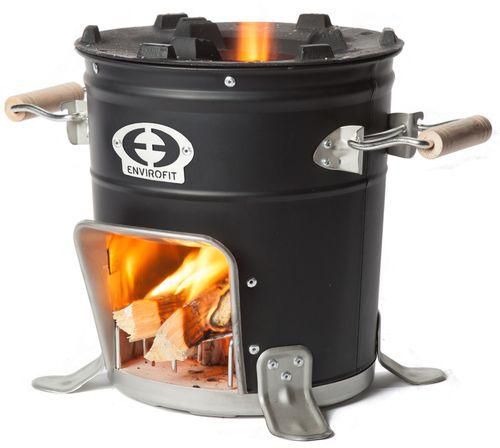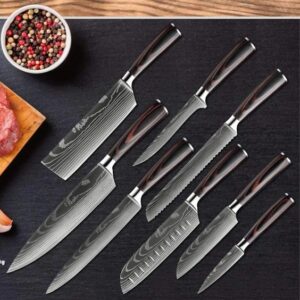What is a Jiko?
A jiko is a lightweight, portable charcoal-burning stove with a ceramic inner lining and metal coating that caters to Kenyan cooking customs. It’s nearly a must-have in most Kenyan houses. We’ll look at the top jikos in Kenya below, but first, we’ll go through some things to think about before choosing one.
Factors to consider when buying a Jiko
- Design
When design adds to energy efficiency and speed, it also contributes to other efficiency gains. The grill, for example, or the location where our cooking pot/sufuria is placed, should be sturdy or manufactured of a suitable substance. The apertures for passing ashes down inside the Jiko should be ample and made of suitable material. The jiko’s exterior should be composed of long-lasting materials and have a pleasing appearance.
- Energy-saving Jiko
The type of jiko you choose should be energy efficient and environmentally sustainable, which means it should not squander resources. Charcoal is the resource in consideration. Because a jiko will always require charcoal to function, it should be constructed in such a way that it does not consume too much of it.
For a Jiko to do this, the model should be designed so that only a small amount of charcoal is introduced and no heat is wasted. Heat loss is prevented by diverting all heat upwards to where it is required.
- Fast performance
Those of us who have had the opportunity to light a jiko are fully aware of how difficult it is. From repeatedly blowing air inside the jiko in order to grow a temporary flame to inhaling smoke and having your clothes stink for the rest of the day. This is an experience like no other.
For a jiko to be useful in terms of speed, it must also be energy efficient; the speed improves as all of the heat is directed to where it is required.
Types of Jiko in Kenya
- Jikokoa Jiko
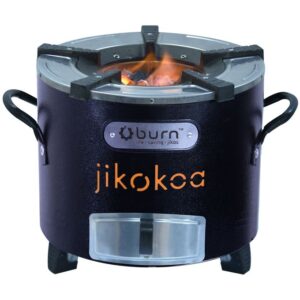
When compared to traditional cooking methods, the Jikokoa is a charcoal stove built for East Africa that cuts fuel usage by more than 50% and hazardous emissions by more than 60%. One of Jikokoa’s primary qualities is that it is designed to ensure that no energy is lost on any side. The amount of charcoal used is very minimal, resulting in resource conservation.
This unit comes with a flame control. The door of the Jiko acts as a regulator in the sense that it regulates the amount of air entering the jiko therefore increasing and decreasing the amount of flame and heat, just like you would do to control the flame in a gas cylinder using a gas burner.
One of the most astounding aspects of the jikokoa is the convenient grill and robust inside. The grill is where you put the sufuria; the jiko grill can accommodate various sufuria sizes and is composed of stainless steel, making it sturdy enough to withstand sufuria pressure and heat.
Inside the Jikokoa, the holes are constructed of a very strong mesh, and the inside of the jiko is composed of another stainless steel metal, making the Jiko sturdy and durable. Lastly, the handles do not heat up, allowing you to operate or handle the Jikokoa without fear of being burned.
- Envirofit Jiko
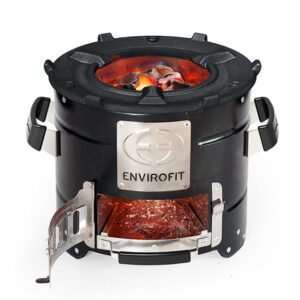
This Improved Premium Charcoal Burner is the most powerful, fastest boiling charcoal stove on the market, according to Envirofit. This stove is easy to ignite, clean, and use because of its exceptional longevity. It has a number of high-quality features, including Eco friendly and energy-efficient in the sense that it uses less charcoal with no wastage of heat and less emission of carbon gases.
Just like the above this Eco-friendly jiko also uses the door as a flame regulator which can be used to control the amount of heat and flame while cooking. The Envirofit Jiko also has a drawer that collects the ash instead of letting it accumulate at the bottom and this in return makes it easy to dispose of the ash.
- Ordinary Energy-saving Jiko
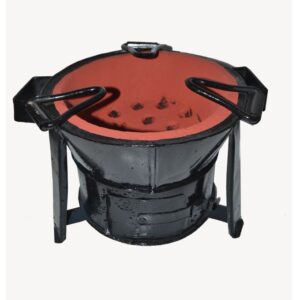
This is a popular Jiko on the market; one feature that makes it appropriate is its inexpensive purchase price; if you have a limited budget, you may choose this one. The jiko is also environmentally friendly because it reduces the amount of heat lost through the clay layer inside it, and it only uses a little quantity of charcoal.
The Jiko’s downside is that it has a shorter service life than the other two varieties. Allowing water to pour on the Jiko will prevent rapid cracking by preventing sudden contraction, which can cause cracking.
The following are some of Kenya’s best Jikos. Even if you have a gas stove, you may find that you need an additional heating/cooking appliance; in this case, a Jiko is ideal. When you wish to boil things like beans, githeri, peas, and the like, you can use this method. A jiko can also be used as a backup if you run out of gas, paraffin, or electricity if you have an electric cooker.
Also, see our list of the best tabletop gas cookers and their sizes

